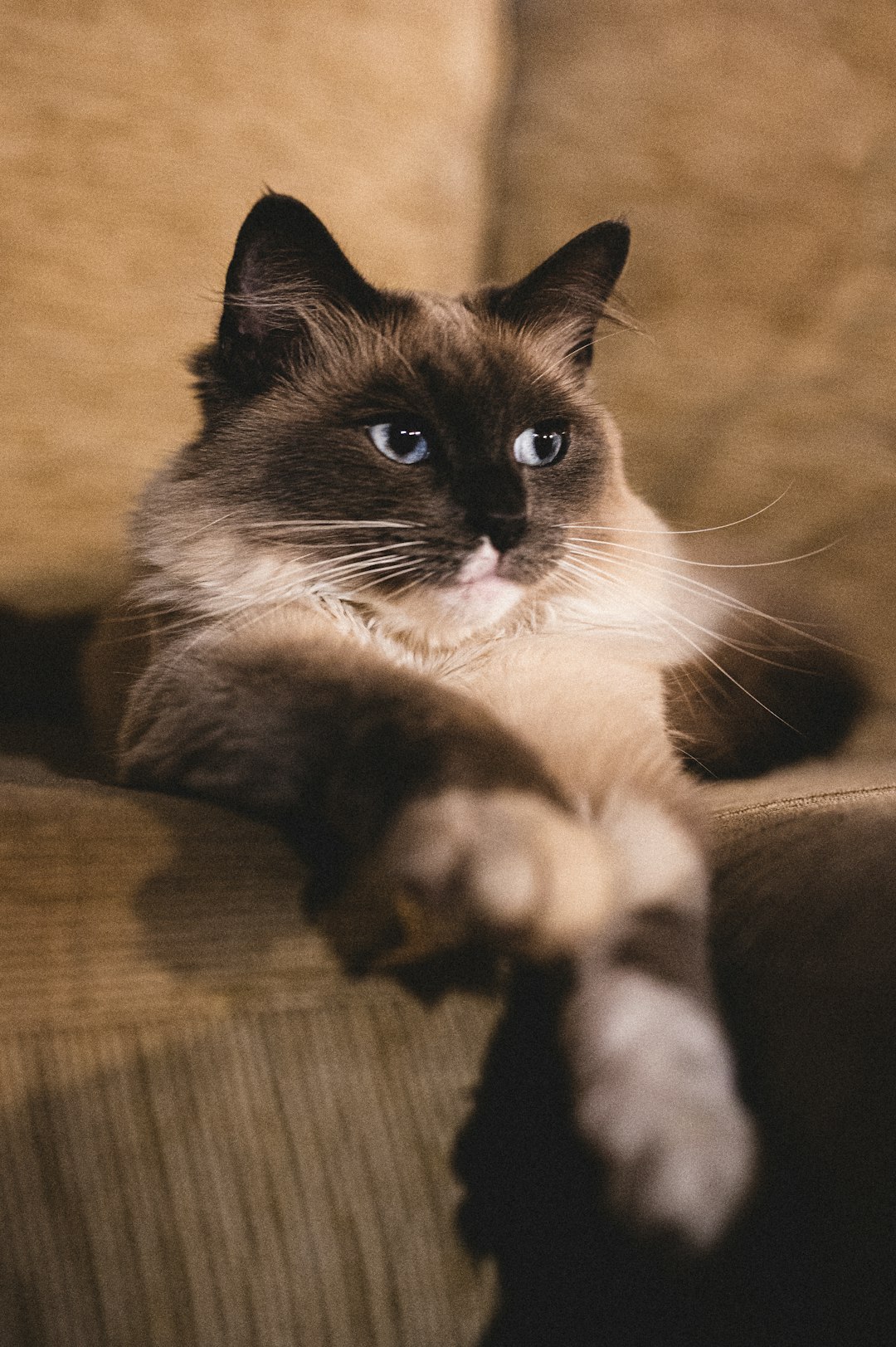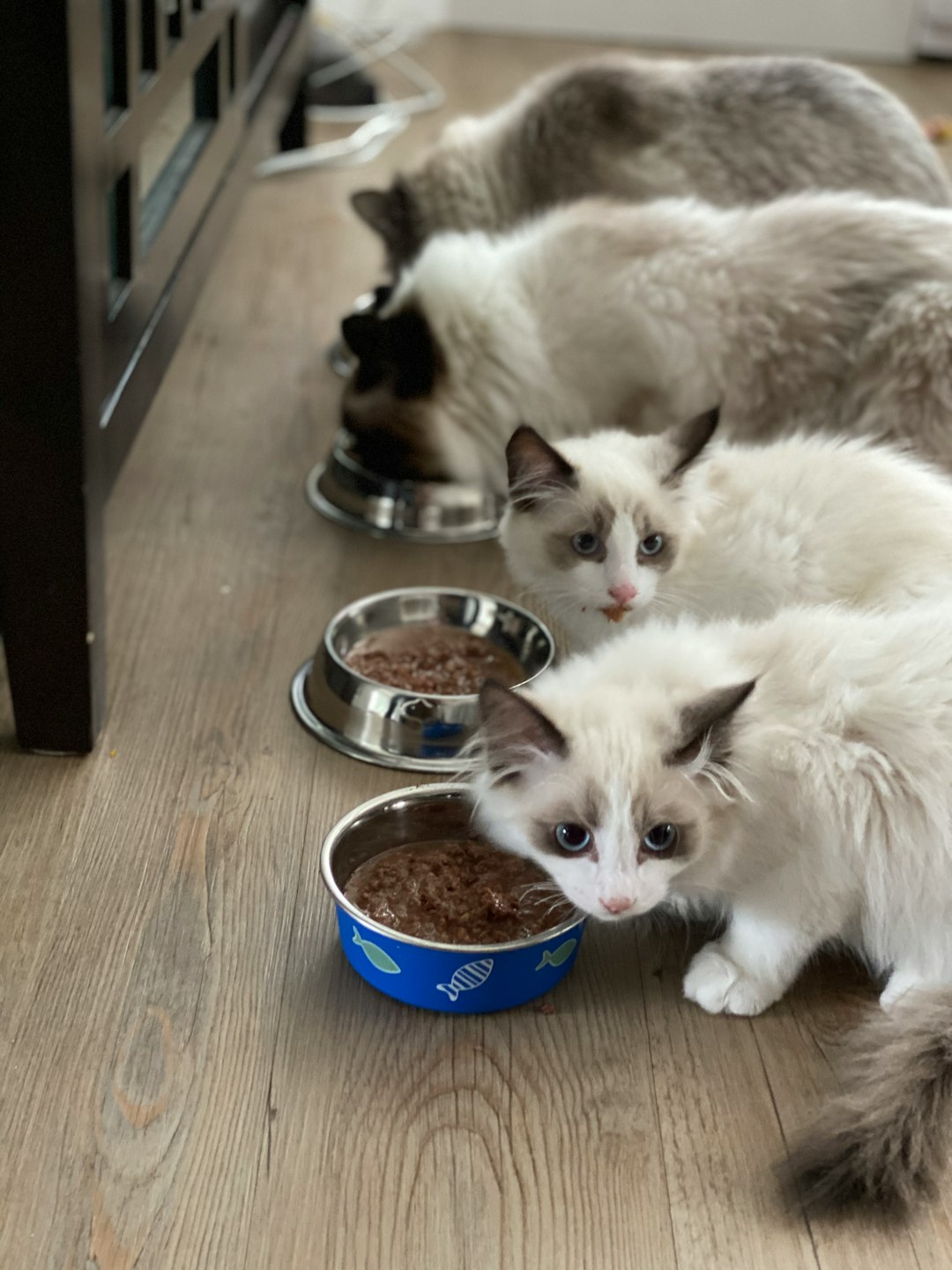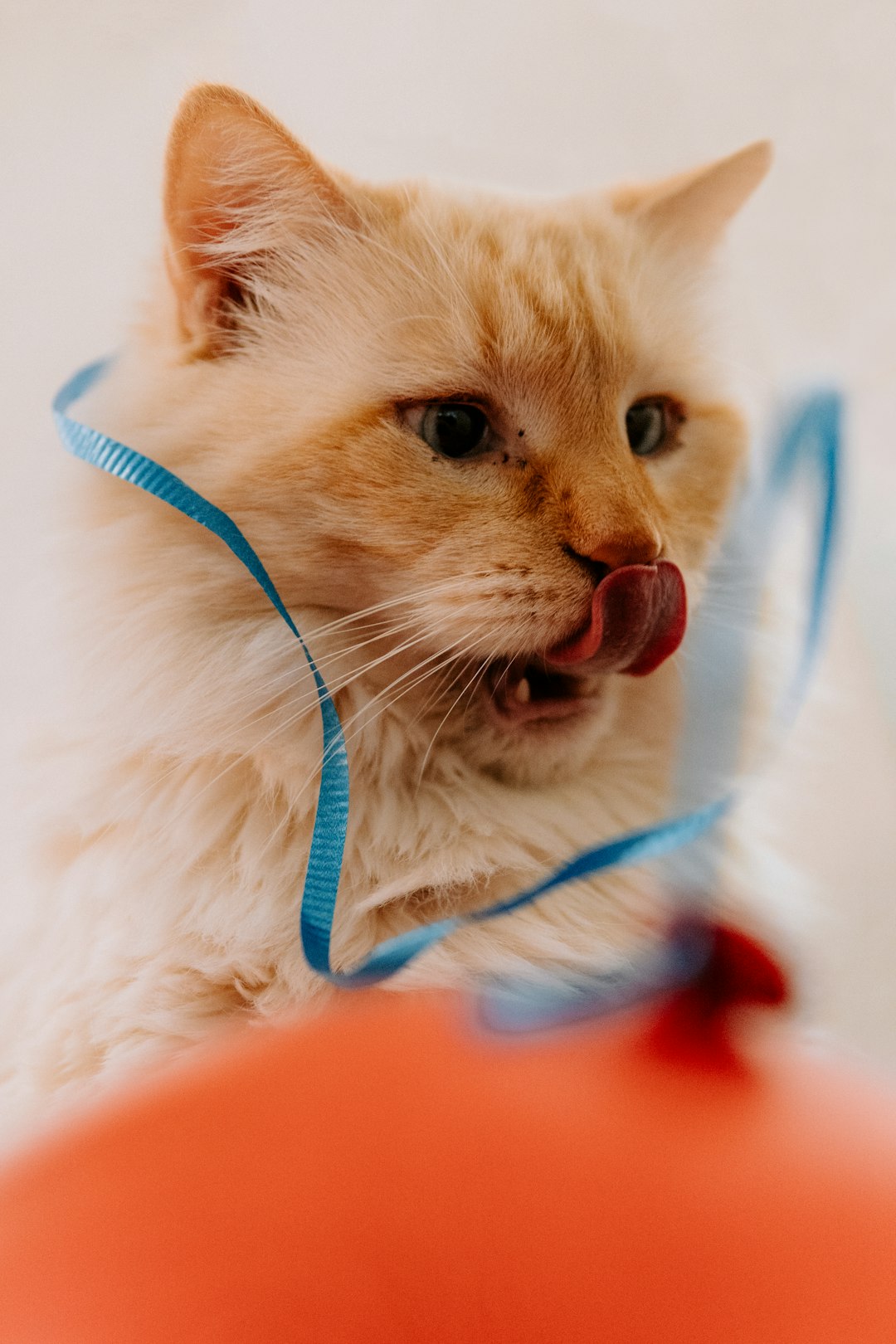The maneki neko cat, often recognized by its raised paw, serves as a symbol of good luck and prosperity in Japanese culture. This charming figure has a rich history, originating from various legends that highlight its importance in attracting wealth and success. Furthermore, the maneki neko cat has diverse cultural representations and colors, each imbued with unique meanings. In this blog post, we’ll delve into the captivating stories behind the maneki neko cat, explore its symbolism, and provide creative name ideas inspired by this iconic talisman.
Meaning and Significance of Maneki Neko
The maneki neko cat, often referred to as the "beckoning cat," holds a special place in Japanese culture, symbolizing good fortune and prosperity. This iconic figure typically displays a raised paw and a warm, inviting smile, embodying positive energy.
Key Significance:
- Wealth and Prosperity: Traditionally, the maneki neko cat invites wealth into homes and businesses.
- Protection: Many believe it provides spiritual protection, ensuring a safe and harmonious environment.
- Good Luck: The cat serves as a talisman, warding off negativity while attracting positive experiences.
Cultural Impact:
The maneki neko cat has become a global symbol. You’ll find variations across cultures, each celebrating its core message of goodwill. In comparative terms:
| Cultural Representation | Symbolism |
|---|---|
| Japanese | Good luck and wealth |
| Chinese | Inviting happiness and fortune |
| Western adaptations | Friendship and welcoming spirit |
In summary, the maneki neko cat transcends cultural boundaries, weaving itself into various traditions as a beacon of hope and success. Its rich meanings continue to captivate hearts worldwide, making it a cherished icon of positivity.
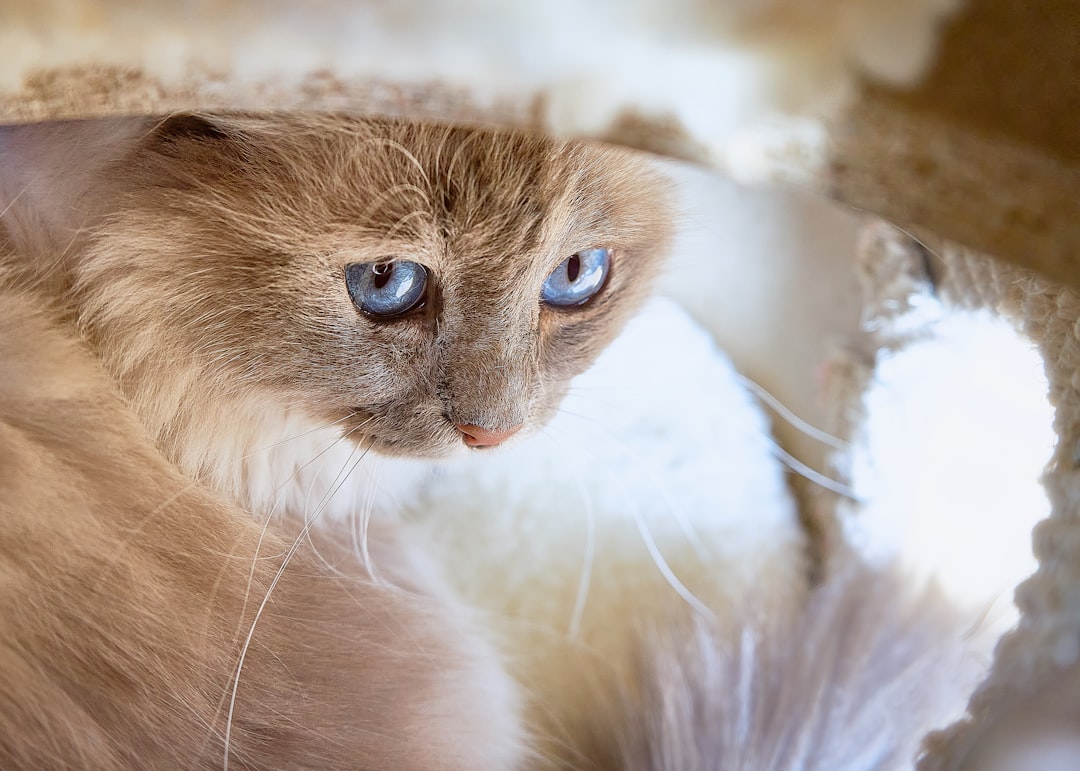
Historical Origins of the Maneki Neko
The maneki neko cat, also known as the “beckoning cat,” has a rich history steeped in Japanese folklore. This charming figure has roots that trace back to the Edo period (1603-1868). Here’s a brief overview of its origins:
- Early Beginnings: Legend suggests that the maneki neko cat originated in Japan, embodying the spirit of prosperity and luck.
- Maneki Neko vs. Chinese Influences: While the maneki neko cat is predominantly associated with Japanese culture, it likely draws inspiration from similar Chinese figures.
- Symbolism of the Paw: The raised paw of the maneki neko cat symbolizes an inviting gesture, attracting wealth and good fortune to its owner.
| Era | Description |
|---|---|
| Edo Period | Emergence of maneki neko cats as talismans of good fortune. |
| Meiji Period | Popularization of the maneki neko cat in tea shops and businesses. |
The charming allure of the maneki neko cat continues to thrive, representing hope and inviting luck into homes and businesses to this day.
Cultural Variations and Representations
The maneki neko cat transcends its origins in Japan, representing good fortune across various cultures. Here’s a look at some cultural interpretations and representations:
Japan: The traditional maneki neko cat often holds a koban coin, symbolizing wealth, and its raised paw indicates the invitation of good luck.
China: Influenced by various beliefs, the maneki neko cat appears in different forms, sometimes as a cat figurine adorned with traditional Chinese symbols of prosperity.
United States: The maneki neko cat has adopted a quirky interpretation, often appearing as cartoonish figures, representing fun and whimsy in pop culture.
Taiwan: Here, a distinct variation exists where the maneki neko cat carries a bamboo stick, believed to enhance its luck-bringing abilities.
Comparison of Cultural Representations:
| Culture | Appearance | Symbolism |
|---|---|---|
| Japan | Koban coin | Wealth and success |
| China | Traditional motifs | Prosperity |
| USA | Cartoonish design | Fun and good fortune |
| Taiwan | Bamboo stick | Enhanced luck |
In summary, while the maneki neko cat serves as a universal symbol of good fortune, its representations vary significantly across cultures, showcasing a beautiful blend of tradition and modern interpretations.
Different Colors and Their Symbolism
The maneki neko cat, often recognized for its distinct colors, carries profound meanings behind each hue. Understanding these colors can enhance your appreciation for this charming figurine. Here are the most common colors and their associated symbolism:
- White: Purity and happiness.
- Black: Protection against evil spirits and misfortune.
- Green: Safety and protection in life and love.
- Gold: Wealth and prosperity.
- Pink: Love and romance.
- Blue: Good fortune and protection.
- Red: Courage and safety, especially for children.
Quick Comparison Table
| Color | Symbolism |
|---|---|
| White | Purity, Happiness |
| Black | Protection from Evil |
| Green | Safety in Life and Love |
| Gold | Wealth, Prosperity |
| Pink | Love, Romance |
| Blue | Good Fortune |
| Red | Courage, Safety for Children |
Incorporating a maneki neko cat of a specific color into your home can invoke these meaningful symbols, creating a nurturing and positive environment. Choose the hue that resonates with your aspirations!
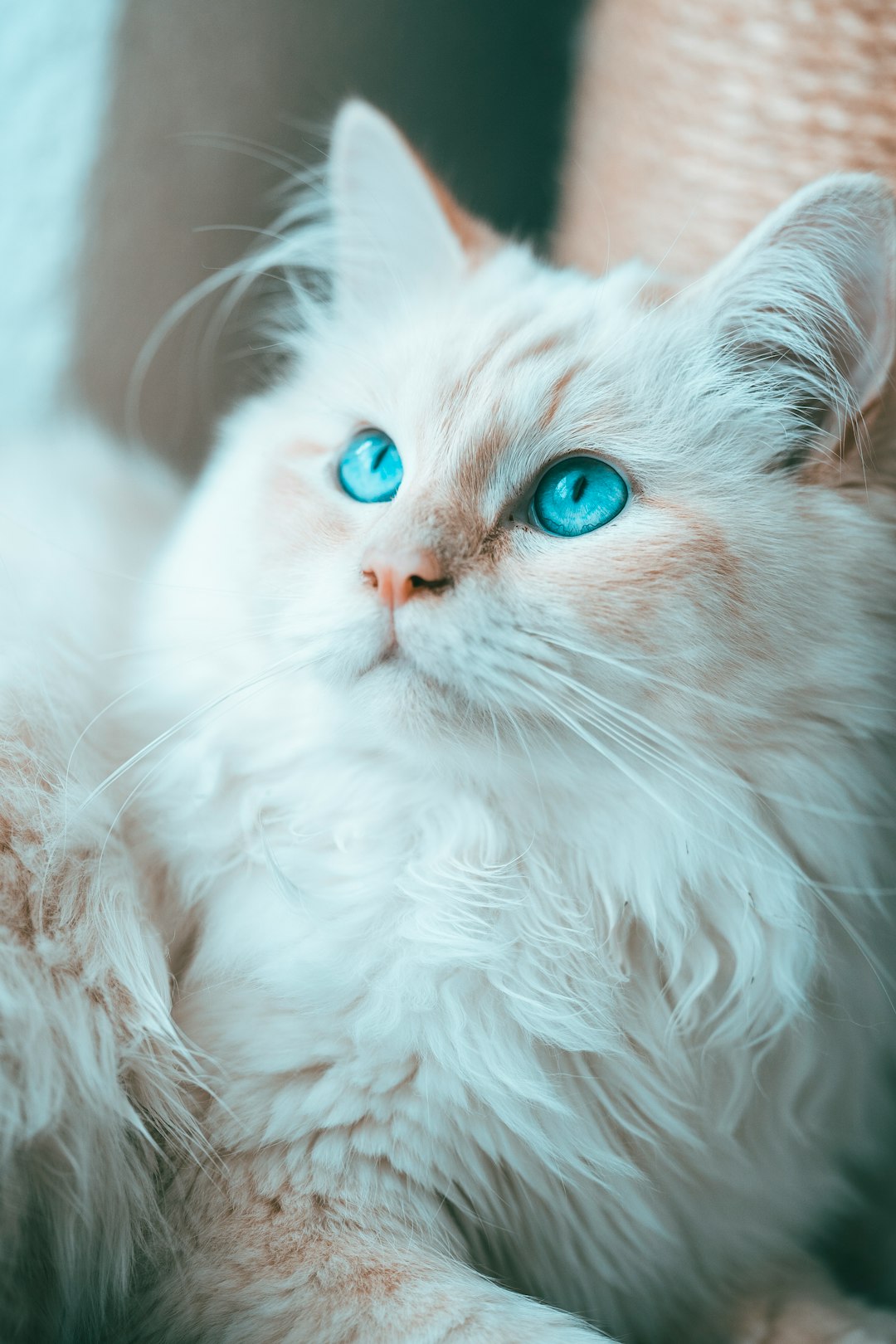
Popular Myths and Legends Associated with Maneki Neko
The maneki neko cat, commonly known as the beckoning cat, is steeped in folklore and fascinating tales. These legends not only enhance its charm but also explain why it holds a place of reverence in various cultures. Here are some of the most popular myths surrounding the maneki neko cat:
The Tale of the Temple: One famous story involves a poor temple priest and his beloved cat. When his cat raised its paw, beckoning a traveling samurai, the samurai was inspired to donate money to the temple, saving it from financial ruin.
The Lucky Cat of Gotokuji Temple: A well-known legend claims that a cat at Gotokuji Temple raised its paw to alert a wandering monk. The monk believed this gesture guided him to safety, leading to the cat being worshipped as a guardian.
Different Colors, Different Legends: Each color of the maneki neko cat carries distinct meanings and beliefs. For example, a white maneki neko symbolizes purity and happiness, while a black one is believed to ward off evil spirits.
These legends add depth to the allure of the maneki neko cat, making it a beloved symbol of luck and prosperity around the world.
Creative Name Ideas Inspired by Maneki Neko
Choosing a name inspired by the maneki neko cat can be a fun and meaningful way to pay homage to this beloved symbol of good fortune. Here are some creative name ideas for a pet or even a decorative piece inspired by the maneki neko cat:
- Neko: The Japanese word for "cat," simple yet effective.
- Lucky: A direct nod to the cat’s association with good fortune.
- Mochi: A sweet treat, representing happiness and playfulness.
- Sakura: Meaning "cherry blossom," symbolizes beauty and renewal.
- Chibi: Meaning "small" in Japanese, ideal for a petite pet.
Here’s a quick comparison of names inspired by various attributes of the maneki neko cat:
| Name | Inspiration | Vibe |
|---|---|---|
| Neko | Japanese word for cat | Cute and classic |
| Lucky | Good fortune | Positive and cheerful |
| Mochi | Sweet treat | Warm and playful |
| Sakura | Cherry blossom | Elegant and beautiful |
| Chibi | Japanese smallness | Adorable and endearing |
Selecting a name from this list can embody the spirit of the maneki neko cat, celebrating joy, luck, and cultural significance. Whether you have a pet or a trinket, these names add a special touch!
How to Incorporate Maneki Neko into Your Home
Incorporating the maneki neko cat into your home can bring both charm and good fortune. Here are some creative ideas to welcome this iconic symbol of prosperity:
Decorative Figures: Place maneki neko cat figurines on shelves, mantels, or entryways. Opt for different colors to enhance good luck vibes.
Wall Art: Hang artwork featuring the maneki neko cat. Choose prints with vibrant colors to create a cheerful ambiance.
Plants and Gardens: Combine the maneki neko cat with houseplants. Position a small figurine next to a lucky bamboo plant for a harmonious look.
Dining Table Centerpiece: Use a uniquely designed maneki neko cat as a centerpiece on your dining table. It will intrigue guests and spark conversations.
Home Office Inclusion: Keep a maneki neko cat figurine on your desk to attract success in your work endeavors.
By thoughtfully incorporating the maneki neko cat within your living space, you’ll celebrate its rich symbolism while enhancing your home’s aesthetic appeal and positive energy.
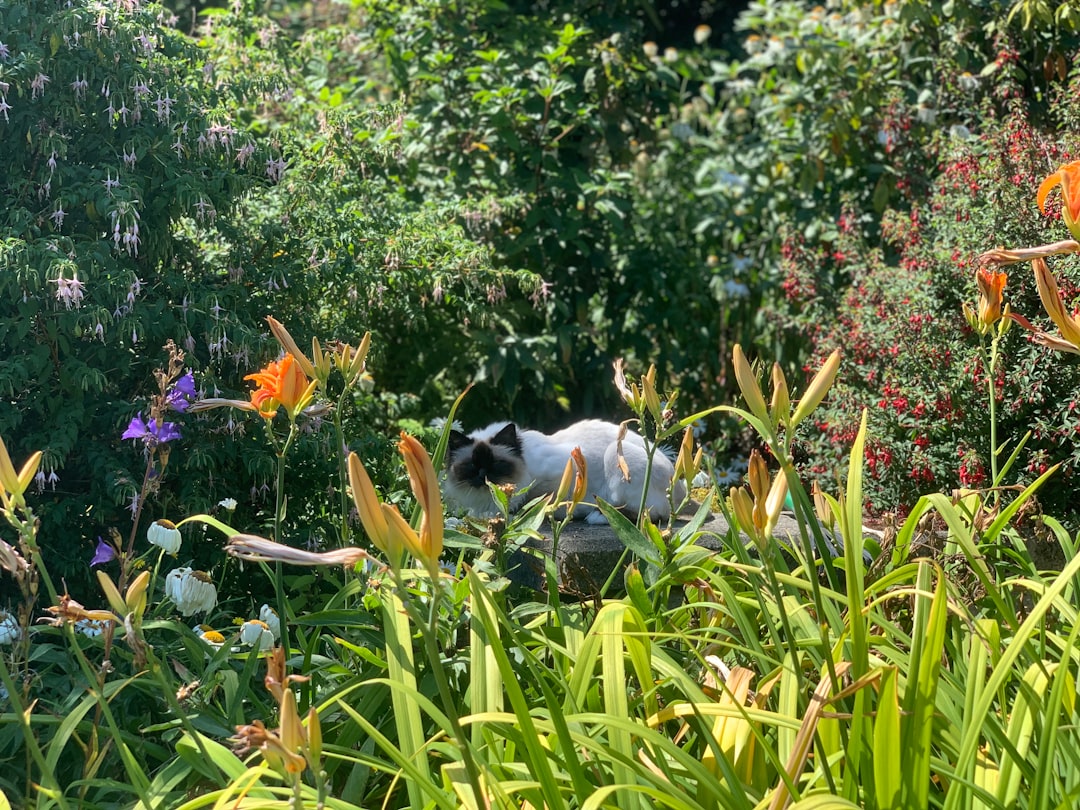
Conclusion and Final Thoughts on Maneki Neko
In summary, the maneki neko cat holds significant cultural weight and charm, making it a beloved symbol in various societies. Its origins trace back centuries, embodying prosperity, good fortune, and protection. The vibrant colors and unique designs of these cats reflect diverse meanings, adding layers to their allure.
When you introduce a maneki neko cat into your home, you’re not just bringing in decor; you’re inviting positivity and fortune into your space. The maneki neko cat serves as a gentle reminder to cultivate hope and gratitude.
To wrap up, whether you’re drawn to its aesthetic or its rich cultural background, the maneki neko cat is more than just a cute figure. It’s a beautiful blend of art, culture, and superstition that transcends borders. So go ahead, embrace this fascinating feline, and let it inspire luck and happiness in your life!
Frequently Asked Questions
What is the significance of the Maneki Neko cat in Japanese culture?
The Maneki Neko, commonly known as the ‘beckoning cat’, holds significant cultural importance in Japan. It is often regarded as a symbol of good luck, prosperity, and fortune. Traditionally depicted as a cat with one paw raised in a beckoning gesture, it is believed to attract wealth and success, making it a popular talisman in businesses and homes alike. The color and orientation of the cat can alter its meaning, with different colors signifying various types of good fortune.
What are some popular name ideas inspired by the Maneki Neko cat?
When choosing names inspired by the Maneki Neko cat, you might consider options such as ‘Lucky’, ‘Fortuna’, or ‘Neko’ which means ‘cat’ in Japanese. Additionally, names like ‘Chan’ can be used as an affectionate term, while ‘Kizuna’, meaning ‘bonds’ or ‘connections’, reflects the camaraderie often admired in cat ownership. These names not only pay homage to the cultural significance of the Maneki Neko but also embody the essence of good fortune.
How can I incorporate the Maneki Neko cat into my home décor?
Incorporating the Maneki Neko cat into your home décor can be achieved in various creative ways. You can place a traditional ceramic or wooden Maneki Neko statue at your entryway, which is said to invite prosperity into your home. Additionally, wall art featuring Maneki Neko themes, or even textiles like cushions and throws adorned with cat imagery, can add a vibrant touch to your space, enhancing the atmosphere while serving as a conversation starter.
Are there any specific rituals or practices associated with the Maneki Neko cat?
Yes, there are several rituals and practices linked to the Maneki Neko cat that are believed to enhance its charm. One common tradition involves placing the cat’s figure in a position that faces the entrance of a room or store to invite customers and good fortune. Additionally, some people choose to ‘feed’ the cat by offering a small dish of rice or symbolic items like coins, as a way to honor the cat and encourage the flow of prosperity into their lives.

